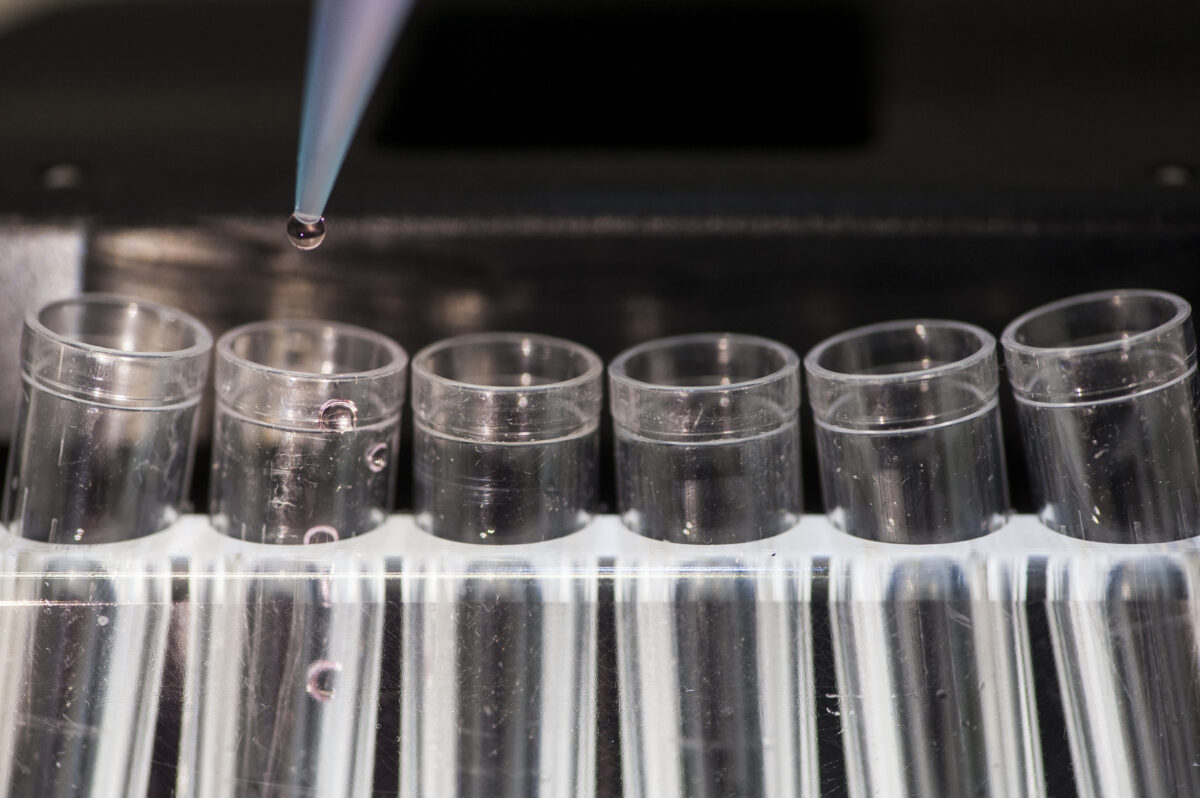 #News
#News
A combination of methods
New testing model implicates new genes in dementia and progressive supranuclear palsy
 Grupo da Universidade da Califórnia, no EUA, fez testes de alto rendimento para estudar doenças neurodegenerativas
| Crédito: Léo Ramos Chaves
Grupo da Universidade da Califórnia, no EUA, fez testes de alto rendimento para estudar doenças neurodegenerativas
| Crédito: Léo Ramos Chaves
Discovering regulatory variants and the genes they impact is just one of the challenges inherent to neurogenetics. Normally, the genomes of a large group of people are studied to find genetic variants that increase the risk of Alzheimer’s. This is done by testing markers along the chromosome associated with the disease. Each locus where genes are found may have tens or thousands of shared genetic markers associated with the disease, hindering identification.
Using a combination of testing methods and an innovative testing model, which allowed for the mass screening of genetic variants in a single experiment, researchers identified new risk genes for Alzheimer’s disease and for a rare and related brain disorder, progressive supranuclear palsy (PSP). The findings were published in the journal Science.
Spearheaded by the University of California, in the United States, the group was one of the first known to use high-throughput screening to study neurodegenerative diseases. They performed trials to simultaneously test 5,706 genetic variants in 25 loci associated with Alzheimer’s disease and nine loci associated with PSP, which is much rarer than Alzheimer’s, but shares a similar pathology. By doing so, they were successful in identifying, with high confidence, 320 functional genetic variants.
Their data provide evidence that implicates several new risk genes for Alzheimer’s disease, including C4A, PVRL2, and APOC1, and other new risk genes for PSP (PLEKHM1 and KANSL1). The authors were also able to show at least one mechanism in which several loci associated with PSP acted additively to disrupt a core set of transcription factors, which turn genes on and off and are known to work together in specific cell types.
*
This article may be republished online under the CC-BY-NC-ND Creative Commons license.
The text must not be edited and the author(s) and source (Science Arena) must be credited.


